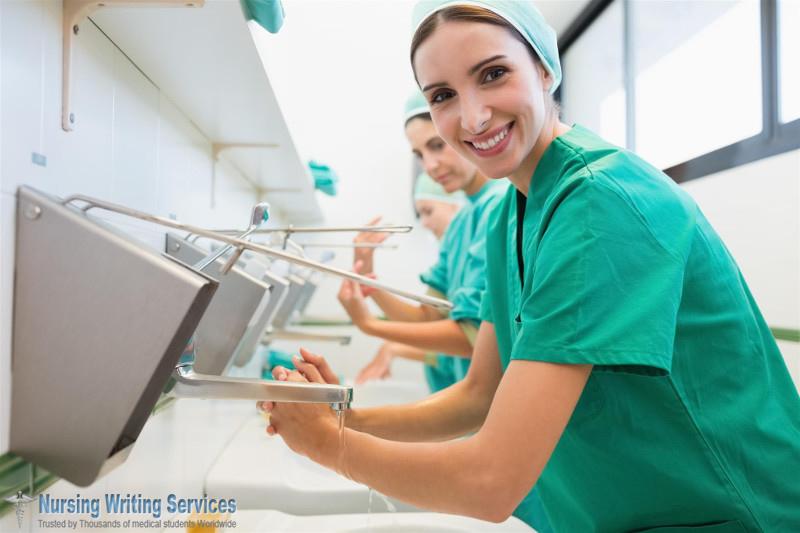
Preventing hospital-acquired infections evidence-based practice
Hospital-acquired infections (HAI) are diseases that patients get as they receive treatment for surgical or medical conditions in healthcare facilities. Infections can occur after procedures like surgery and devices such as ventilators or catheters.
Bacteria must get into the body for an HAI to develop when receiving healthcare service. It can enter in the body through a device like a catheter, wound or lungs. Hospital-acquired infections are issues that medical staff can prevent them by implementing these steps.
1. Hand washing
Hand washing is the foundation of reducing HAIs. A vigorous washing of the hands using warm water and soap for at least 20 seconds cleans off the bacteria that spread infections. Staff members and people working in health facility should always wash their hands before and in between providing care. It is also essential for them and patients to wash hands before a meal or drink.
2. Disinfecting and maintaining surface cleanliness
Every room in health facility and space between patients should get a thorough scrubbing with cleaners that contain a bleaching agent. It helps to prevent accidental transmission of infection to newly admitted patients. Non-patient areas such as the nurses' station and break room should get a thorough cleaning every day to dangerous microorganisms that the staff could have carried from infected patients.
3. Wearing gloves
Some health care professionals lay their guard down by failing to wear gloves when they interact with a patient. Gloves are a must wear for caregivers when they expect to get into contact with bodily fluid or blood such as when drawing blood, changing bed sheets or emptying trash.
4. Provision of personal protective equipment
Employers should provide their staff with appropriate isolation equipment to wear when attending to patients with the highly contagious illness. Nurses who visit patients who are likely to transmit infections should wear stuff like gloves, waterproof gowns, masks, face shields and shoe covers. The equipment should be quick to access because a patient with such a disease can get admitted anytime.
5.Quick identification of contagions
All healthcare facilities should make arrangements for early and quick identification of the contagious infections like Clostridium difficile. For instance, a patient who gets to the hospital with diarrhea should undergo an immediate test for C. diff or a flu test for those with respiratory issues.
6. Daily change of linens and when dirty
It is essential to clean and sanitize laundry without leaving them on the patient beds for an extended period. Cleaning of linens should be daily and when they get visible dirt. Any cloth that falls on the floor must be sent back to the laundry for washing.
7. Insist that patients walk barefoot
Many people do not feel like wearing shoes when sick but it is essential to encourage all the patients to wear slippers or at least non-slip socks when walking in any area of the hospital including their rooms. Nurses and other people who enter the patient's room might be carrying pathogens from other regions. Wearing shoes prevents pathogens from getting into the feet of the patients.
8. Storing food at proper temperatures
Most of the healthcare facilities provide refrigerators for patients to store snacks in their units. The checking of heat in food storage equipment should be at every shift for food safety. It is also important to encourage patients to eat fresh foods rather than refrigerate. If the food stays in the room for many hours, the caregivers should trash it to prevent spoilage and possibilities of getting an infection.
9. Creating an infection control policy
An infection control policy profiles the patients with the highest risk of contracting hospital-acquired infections. The plan should have information on patients who should be on isolation precautions or limited contact with staff and other patients. Preventing HAIs will be more efficient when staff members know the way to identify possible infections and help in preventing their spread. Providing continued infection control education is essential.

